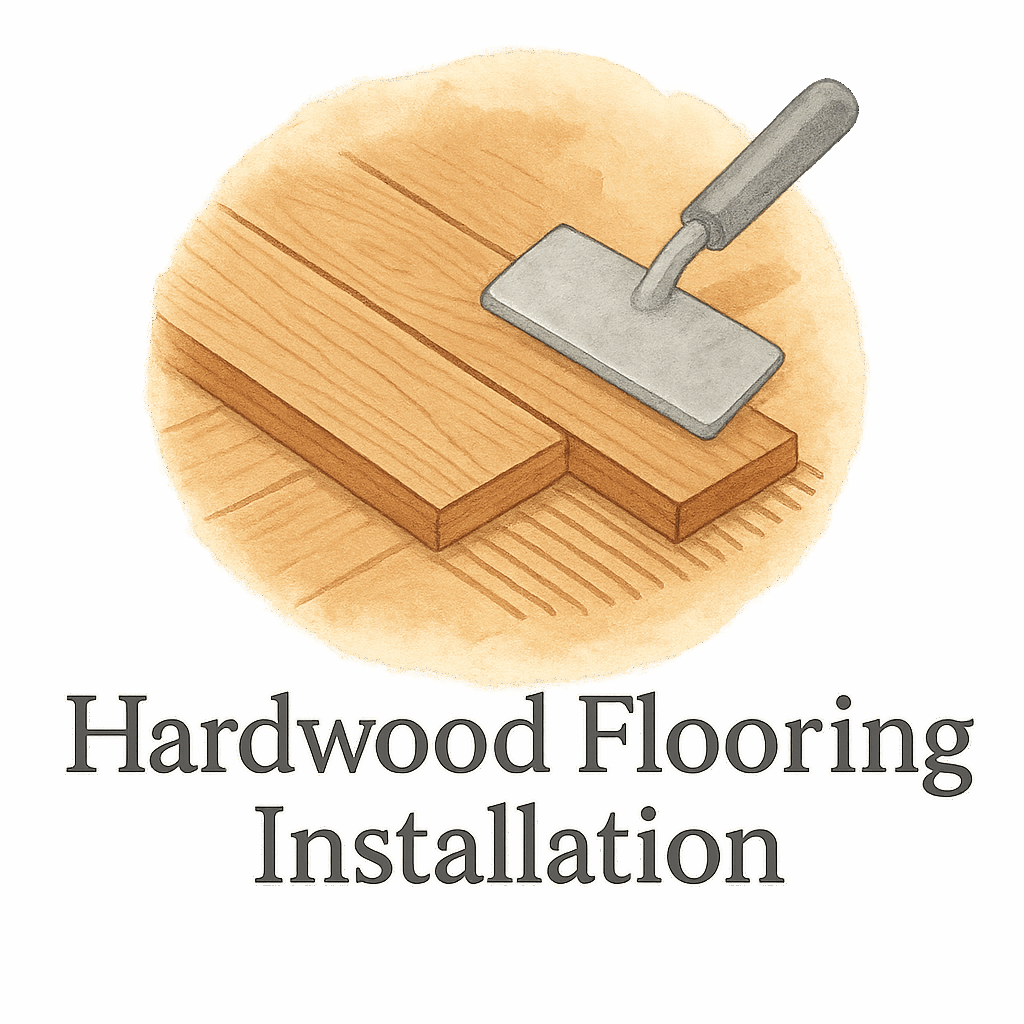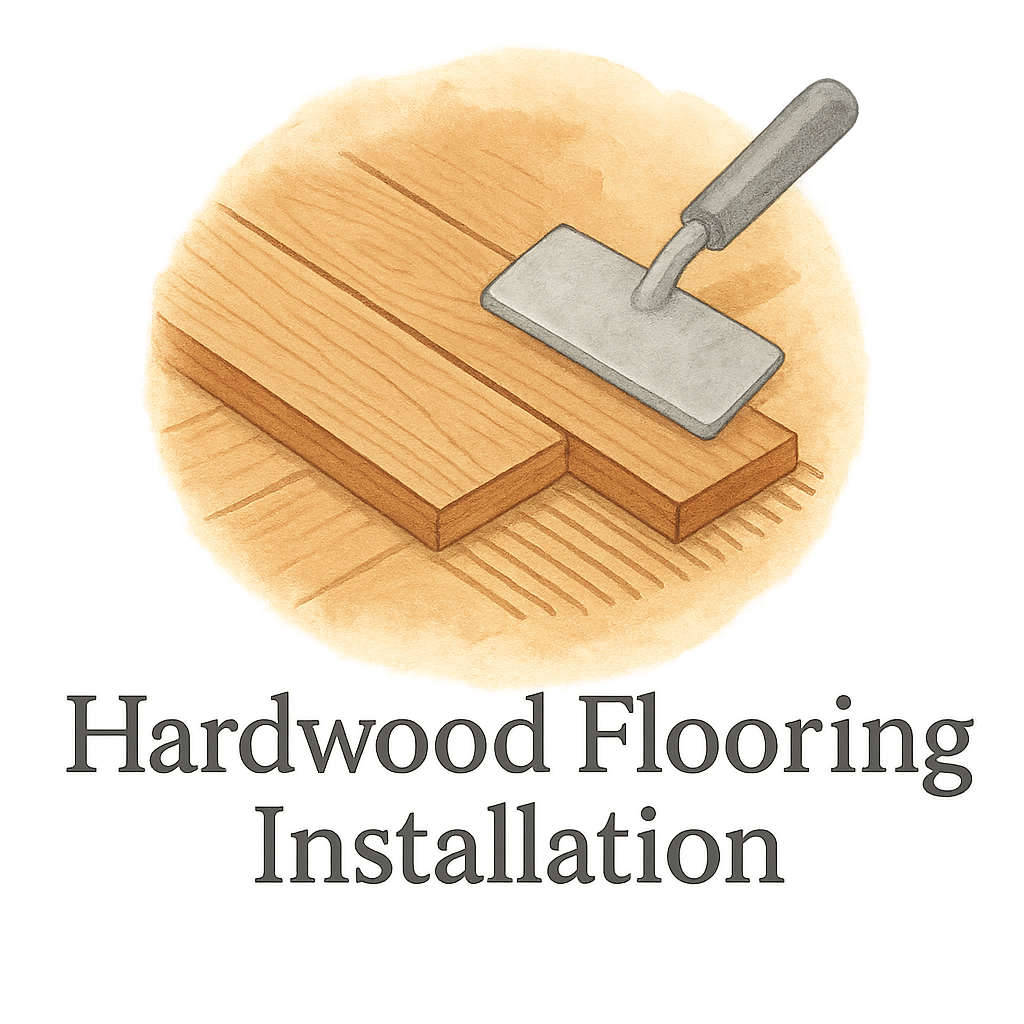Introduction
So, you’ve installed that dreamy hardwood flooring and your space finally feels like a Pinterest board come to life. Now what? Well, as gorgeous as hardwood is, it’s also a bit… high-maintenance. If you want those floors to last for decades and keep their head-turning appeal, then it’s not just about what you do, it’s also about what you don’t do.
In this article, we’re diving into 9 things you absolutely need to avoid on your hardwood flooring. Trust me, your floor will thank you (and your wallet will too). Let’s protect that investment the smart way.
1. Using Too Much Water When Cleaning
Why Water is the Enemy of Hardwood
Water might clean almost everything else in your home, but on hardwood flooring? It’s basically a frenemy. While it may seem harmless, water can seep into the seams, causing swelling, warping, and long-term damage.
Waterlogged boards may buckle or cup, leaving your floor with a permanent frown. That stunning finish? Yeah, it can get cloudy or start peeling off.
What to Use Instead
Ditch the bucket and mop for a lightly damp microfiber cloth or a hardwood-specific cleaning solution. Want a more detailed guide? Check out our flooring maintenance and repair guide for step-by-step tips.
2. Ignoring Felt Pads on Furniture
Small Pads, Big Protection
It’s easy to overlook those tiny felt pads under chairs, sofas, and tables—but they make a huge difference. Sliding furniture across hardwood without them is like dragging a rake across your floor. And once those scratches are in, it’s a costly fix.
Add felt pads to everything that moves. Recheck and replace them regularly. It’s the cheapest insurance policy your hardwood flooring will ever get.
3. Skipping Regular Maintenance
A Little Care Goes a Long Way
One of the fastest ways to shorten the life of your hardwood flooring is by neglecting basic upkeep. No, you don’t need to baby it 24/7, but occasional sweeping, dusting, and polishing go a long way.
Easy Maintenance Tips
- Sweep daily or use a dust mop
- Vacuum weekly (use a hardwood-safe attachment)
- Polish every 2–3 months
- Recoat every few years depending on wear
Need more? Our detailed flooring maintenance tips can help keep your floors in tip-top shape.

4. Walking with High Heels or Spiked Shoes
Think of It Like Sandpaper on Wood
Those gorgeous stilettos or your teen’s soccer cleats? Not friends of your flooring. High heels focus pressure into a tiny area, which can dent or gouge your hardwood flooring instantly.
A good rule of thumb: If it’s sharp, pointed, or dirty—leave it at the door. Create a stylish drop zone with rugs or mats at entrances for extra protection.
5. Using Harsh Chemicals and Cleaners
The Wrong Products Can Ruin the Finish
Many generic or “all-purpose” cleaners are too abrasive or acidic for hardwood. Products with ammonia, bleach, or vinegar might promise a deep clean—but they strip away that protective layer fast.
Safe Cleaning Alternatives
Stick with pH-balanced hardwood floor cleaners. Or try a homemade mix: just a splash of dish soap in a gallon of warm water. And again—damp mop only.
Want a full list of safe products and techniques? Visit our cleaning tag section for expert resources.
6. Letting Pet Nails Go Untrimmed
Scratches from Our Furry Friends
We love our pets like family, but their claws can wreak havoc on hardwood. Whether it’s a playful zoomie session or casual pacing, long nails can dig in and scratch the surface.
Regular trims (or nail caps) can reduce the risk. Also consider placing rugs in high-traffic areas—check out flooring patterns and layout tips to place them strategically.
7. Sunlight Exposure Without Protection
UV Rays Can Discolor Your Floor
Ever notice how a rug or table outline appears when you move furniture? Sunlight can bleach hardwood over time, causing uneven fading and a patchy look.
Use Rugs and Curtains
Rotate your furniture and rugs regularly. Use UV-blocking curtains or window film. It’s a simple step that preserves the rich color of your wood floors.
For more seasonal flooring care advice, check out the home improvement section.
8. Not Using Proper Underlayment
The Silent Protector Beneath Your Feet
Installing hardwood without the right underlayment is like baking a cake without greasing the pan. It might look okay at first, but eventually—it’s a sticky mess.
Proper underlayment prevents moisture damage, reduces sound, and makes installation smoother. Before you even think about laying down boards, read our flooring preparation guide and grab the right tools and materials.
Prep Smart, Lay Smart
Need DIY guidance? Our dedicated DIY flooring installation guide has you covered step-by-step.
9. Postponing Repairs and Touch-Ups
Don’t Let Minor Issues Become Major Problems
That little crack or tiny gouge might seem harmless now, but leave it unchecked and you’re looking at rot, mold, or needing full board replacements.
Stay proactive. Recoat floors every few years, touch up scratches with a matching wood filler or marker, and inspect for soft spots. Our flooring cost and time estimation tool can help you budget for future repairs.
Conclusion
Hardwood flooring is an investment in your home’s style and value—but like all good things, it requires care and attention. Avoiding the pitfalls we’ve covered today can save you thousands of dollars, not to mention a lot of headaches.
Whether you’re a DIY enthusiast or prefer to leave it to the pros, being mindful of these 9 mistakes ensures your floors stay flawless for years. Bookmark this guide, and revisit it whenever your flooring needs a little TLC.
Want to explore more resources? Browse these sections:
FAQs
1. Can I steam clean hardwood flooring?
Nope! Steam drives moisture deep into the wood and can cause warping or swelling. Stick to dry or damp mopping.
2. How often should hardwood floors be refinished?
Every 7–10 years, depending on traffic and wear. Some may go longer with proper care.
3. Are area rugs safe for hardwood floors?
Yes, but use non-slip pads underneath that don’t contain rubber or latex which can discolor the floor.
4. Is vinegar safe for cleaning hardwood floors?
Despite being popular, vinegar is too acidic and can damage the finish. Use pH-neutral cleaners instead.
5. Should I wax my hardwood flooring?
Only if it’s unfinished or specifically waxed-finish wood. For modern polyurethane finishes, skip the wax.
6. What’s the best way to fix a small scratch?
Use a matching wood marker or wax filler. For deeper gouges, consult a pro or follow DIY tips from our repair guide.
7. Can pets live on hardwood floors safely?
Absolutely! Just keep their nails trimmed, and add rugs to their favorite hangouts.


